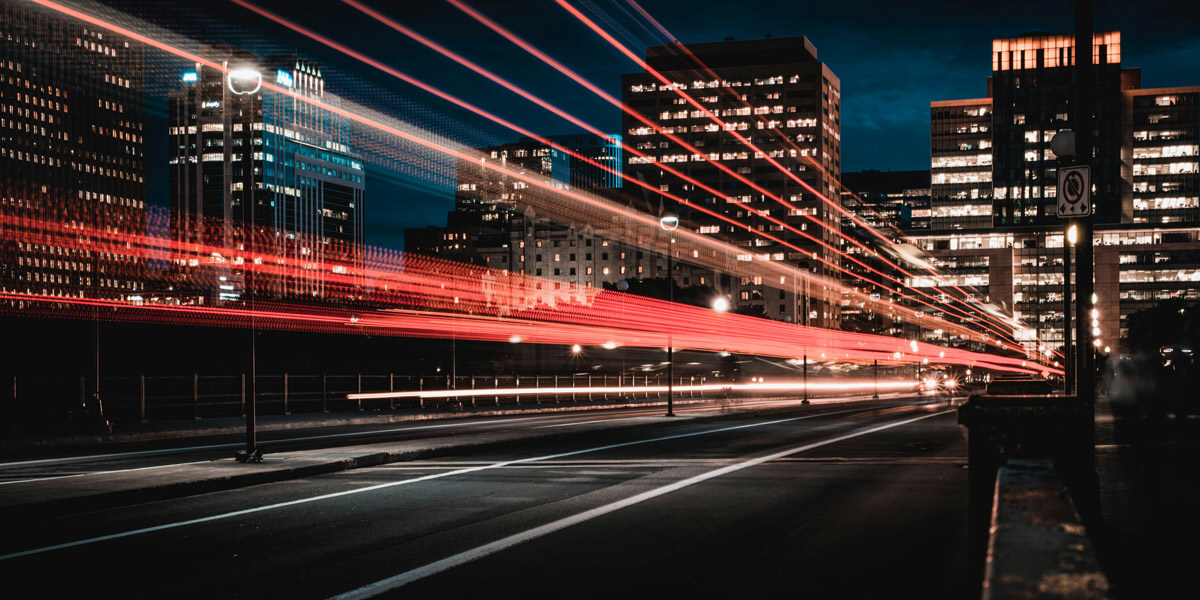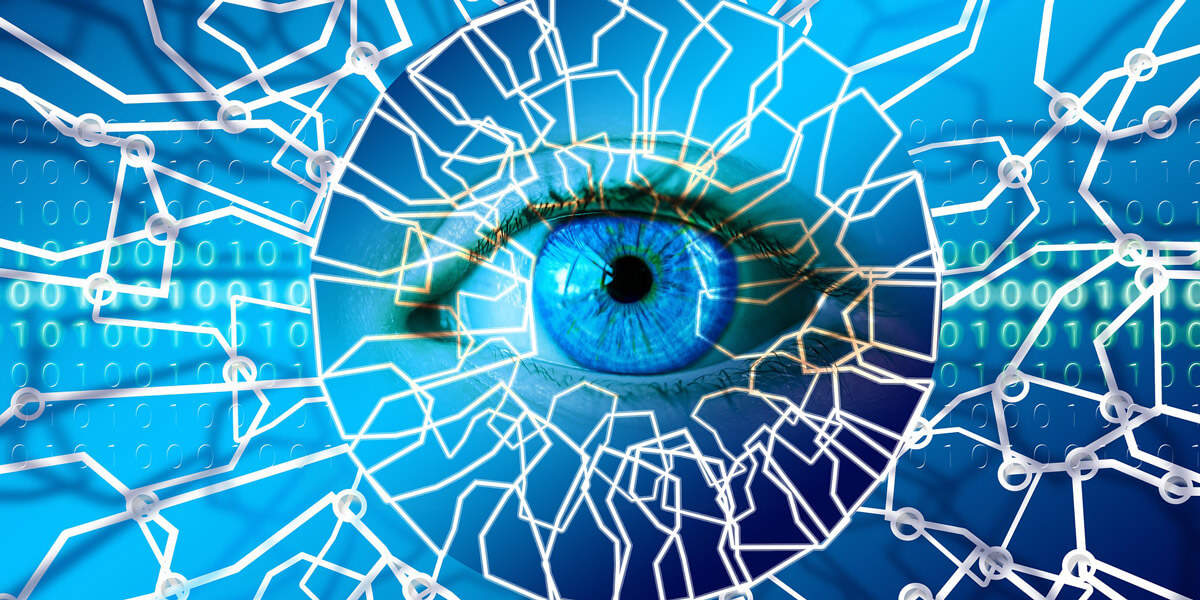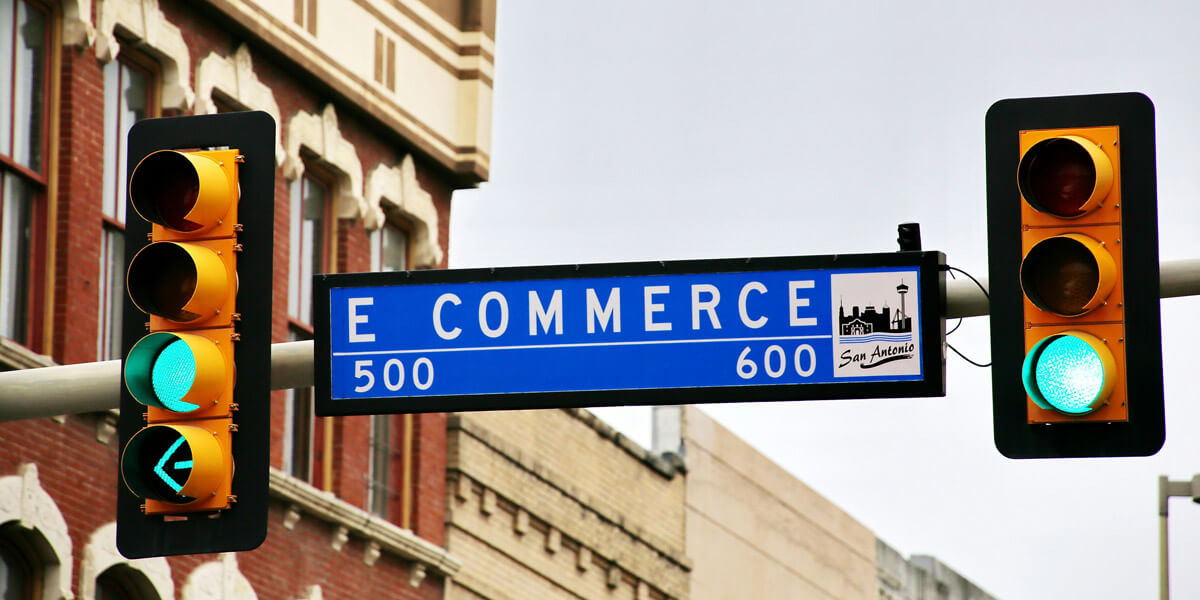Image compression is a method that reduces image size, with the goal of improving page load times and overall web performance. What you may not know is that there are two types of image compression – lossless and lossy. While they both reduce file sizes, they differ in their technicalities.
To learn more about which image compression method is best for your website, let’s look at the differences between lossless and lossy images, as well as why image optimization is essential.
Why Images Need Compression
Large image files can slow down your website’s performance, negatively impacting the user experience and SEO. However, you can’t omit images from your website. You need this media to support your content and showcase your products and services.
Thanks to image optimization, you can reduce file sizes and improve web performance. The best ways to optimize your images are by resizing the resolution and compressing the image file data. Doing this allows you to have high quality images without slowing down page load times.
Let’s look at the two types of image compression: lossy and lossless.
Lossy Image Compression
Lossy image compression is a technique that removes some of the data from the image file. This dramatically reduces its size, helping your website load faster. However, in exchange for a smaller image size, the photo quality decreases.
If you choose lossy image compression, we recommend having a backup image. This way, if you don’t like the changes that were made, you can revert to the original image. Some of the best files for lossy image compression are JPEGs because they have no transparency.
Lossless Image Compression
Lossless image compression removes data too, but it only removes non-essential data automatically added by the device that took the photo. The advantage is that the image quality won’t change much. The disadvantage is that you won’t see much of a difference in terms of file size.
We recommend using lossless image compression for photos that are heavy in text and pictures with a transparent background such as GIFs, PNGs, RAWs and BMPs.
Which One is Better?
There is no single choice that is best for everyone. It all depends on your needs. For instance, lossy compression works well for ecommerce sites, blogs and portfolio websites because you can significantly reduce the file size and boost the performance of your website. This creates a better user experience.
On the other hand, a photography website is better off using lossless compression because high-quality photos are prioritized. This allows users to show off their best work in exchange for slower page load times.
To discuss your image optimization needs in more detail, contact Magna Technology. We know how to optimize images for the best web performance without affecting image quality.




